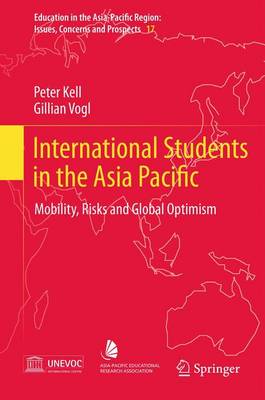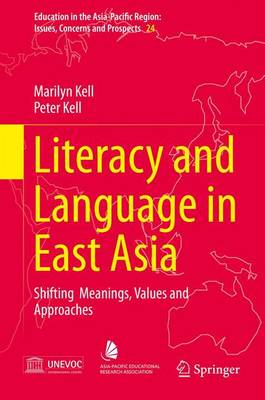Education in the Asia-Pacific Region: Issues, Concerns and Prospects
2 primary works
Book 17
This book documents the growing mobility of international students in the Asia Pacific. International students comprise over 2.7m students and it is estimated by the OECD that this will top 8 million in 2020. The great majority of them are students from the Asian countries who study in the Europe, North America and Asia. In addition countries such as Singapore, Malaysia and Hong Kong are becoming "education hubs" and are proposing to attract international students. Over 42% of international students come from Asia and this is predicted to continue with the strong presence of students from China, India, Korea and Japan continuing. A younger population, a growing middle class and shortages of quality education providers in the Asia Pacific region means that this mobility will be a feature of the future.
This book explores questions around the mobility of international students in the context of the global economy and an increasingly competitive trans-national education market. It also explores questions about the experience of international students principally from the Asia Pacific region at a time of increased global insecurity and growing hostile reactions to foreigners in the post September 11th era. This book emerges from empirical work from several research projects funded by the World Bank and several community projects to support international students. The focus is also on the way in which student mobility promotes growing connection within the Asia Pacific, as well as other regions, and provides the foundations for new notions of global citizenships.
Book 24
This book critically explores why some Asian nations are on top of the world in students' achievement tests in reading and literacy, yet governments and industry in these nations are anxious about a crisis in education.
Why are governments anxious about the capabilities and skills of school and university graduates in a global economy when there is a Asian economic boom? The authors explore questions about how the Asian countries value test-based examination curriculum and its influence on the practices of teaching learning and the lives of young people in Asia. The authors describe the challenge of change for East Asian nations to develop more relevant approaches to literacy and language and more inclusive societies focussed on the needs of young people and not exam results.

